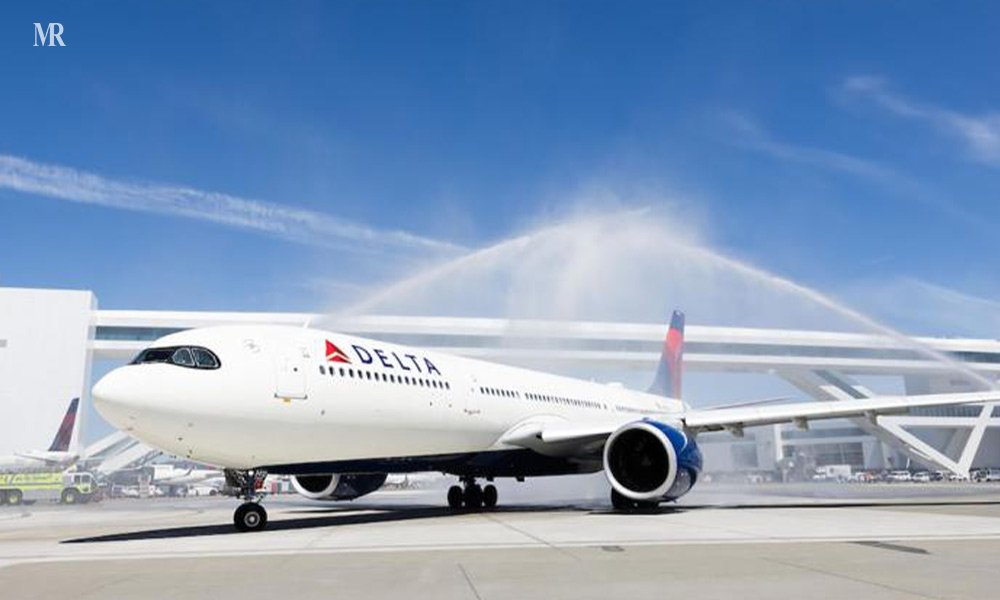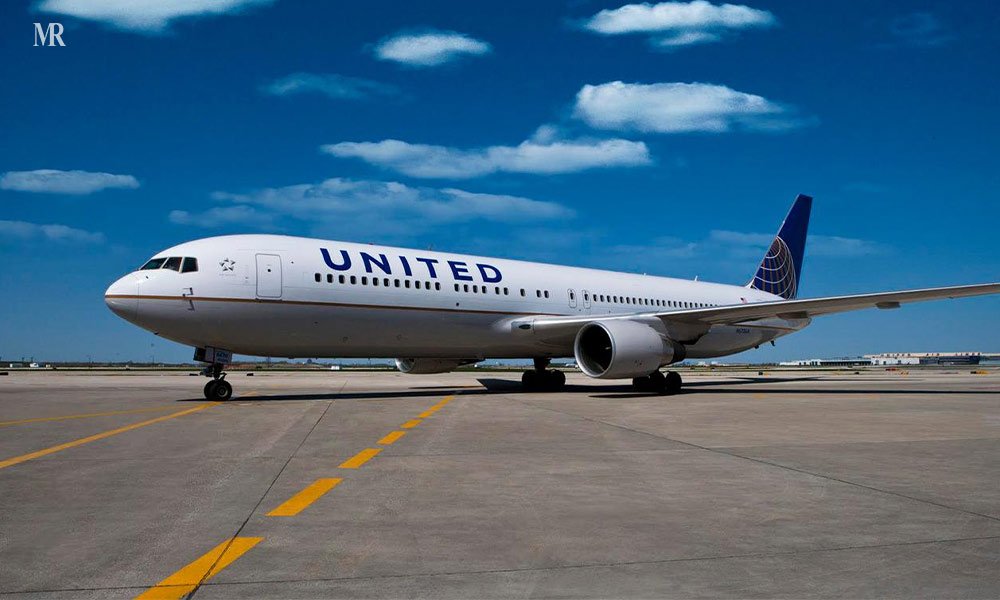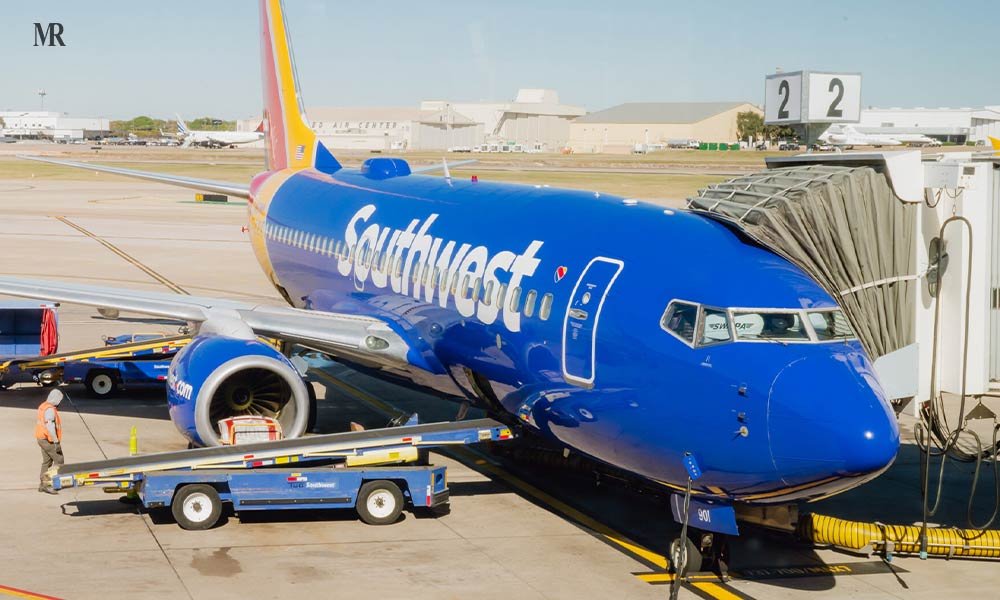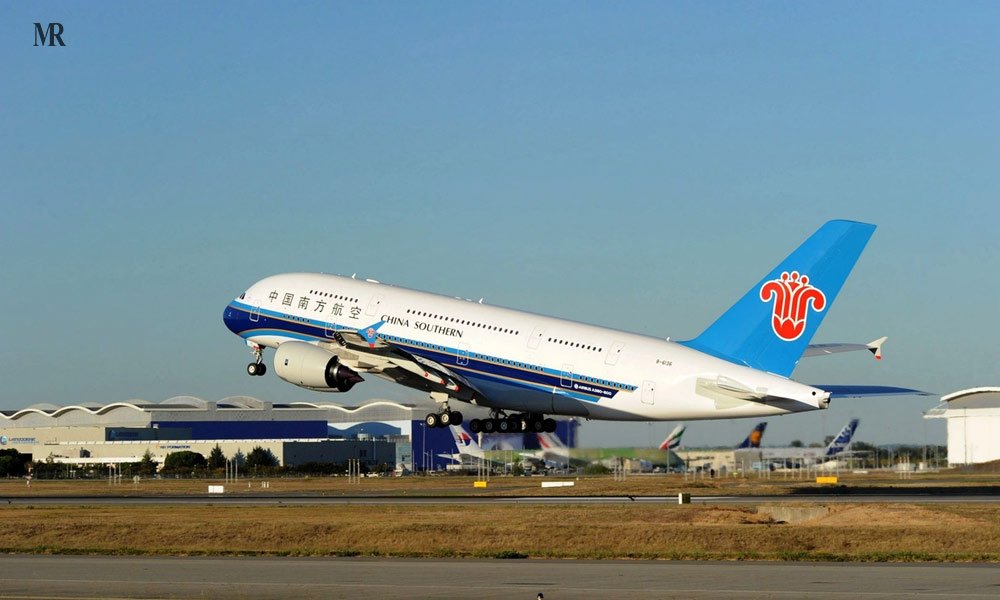Ever consider the sky? Every single day, roughly 100,000 flights connect our world, weaving a complex web essential for global movement. Airlines are the engines of this network, driving not just travel but also global commerce. However, simply knowing which airline operates the most planes only tells part of the story. This analysis dives deeper into the 5 largest airlines in the world based on their fleet size. We won’t just list names.
In fact, we’ll explore the airlines that shape their operations, the strategic thinking behind their fleet choices, and the significant financial investments involved to carry out the whole process. The understanding of an airline’s fleet size is considered to be a crucial insight. Why? Because it gives us an idea of its operational capability, market reach, and overall strategic position in the fiercely competitive global aviation industry.
Here are the 5 largest airlines in the world
| Airlines | Fleet | Destinations | Country |
| Delta Air Lines | 1,009 | 311 | USA |
| American Airlines | 997 | 356 | USA |
| United Airlines | 992 | 365 | USA |
| Southwest Airlines | 767 | 117 | USA |
| China Southern Airlines | 656 | 231 | China |
1. Delta Air Lines

Delta Air Lines actively operates Airbus and Boeing jets. Specifically, the airline flies narrow-body and wide-body aircraft. But did you know that Delta buys or leases the aircraft on purpose? This is their strategy to reduce its fleet’s average age.
What planes does Delta fly?
- Airbus: A220s, A319, A320, A321s (including neo), A330s (including neo), A350s.
- Boeing: 717, 737s (-800/-900ER), 757s (-200/-300), 767s (-300ER/-400ER).
Moreover, Delta runs the world’s largest A220, 717, and 757 fleets. It also leads with the biggest passenger 767 fleet.
Additionally, Delta holds the most A330s for a US carrier. It’s one of the largest airlines in the world. Furthermore, Delta (like United) flies the 767-400ER.
Delta also ordered 100 Boeing 737 MAX 10s. Indeed, deliveries should start around late 2027. Delta partners with JetZero for a new sustainable plane design.
Delta refreshes cabins for better comfort. Therefore, styles look more consistent now. Delta plans more fare choices in 2025.
Delta aims for net-zero emissions by 2050. Also, it minimizes waste. It electrifies ground vehicles too. Fast Company recognized Delta’s green actions. Delta’s Carbon Council saves jet fuel. Partnering with JetZero, Delta explores blended-wing-body planes. Significantly, these could be 50% more fuel-efficient, a major step for the largest airlines in the world.
2. American Airlines

American Airlines operates Airbus and Boeing planes. Primarily, these include narrow-body and wide-body jets. Indeed, over 80% are A320 or Boeing 737 types. Consequently, the mainline fleet averages 13.8 years old.
What main planes does American fly?
- Airbus: A319-100, A320-200, A321-200, A321neo. (50 A321XLRs coming from 2025).
- Boeing: 737-800, 737 MAX 8/10, 777s, 787-8, 787-9.
Moreover, American operates the most A319-100s and A321-200s globally. It also flies the most Boeing 787-8s.
Furthermore, American is the only airline flying the A319-115. American ordered 323 new Airbus/Boeing jets.
Additionally, it ordered 20 Boom Overture supersonic jets (plus 40 options). This shows commitment from one of the largest airlines in the world.
American improves passenger comfort significantly. It introduces new Flagship Suite business seats. These private suites arrive on new A321XLRs and 787-9s. Also, American upgrades A319/A320 cabins starting 2025. Importantly, this adds first-class seats. New amenities and high-speed regional Wi-Fi arrive too.
American targets net-zero emissions by 2050. Likewise, it aims for a 45% emissions intensity cut by 2035. The Dow Jones Sustainability Index recognizes American’s efforts. Finally, American partners with ZeroAvia, ordering 100 hydrogen engines. It also studies contrail avoidance, leading efforts among the largest airlines in the world.
3. United Airlines

United Airlines operates Airbus narrow-body planes. Additionally, it flies Boeing narrow-body and all Boeing wide-body jets. Consequently, its fleet averages 15.8 years old.
What key planes does United fly?
- Airbus: A319, A320, A321neo (plus XLR from 2026).
- Boeing: 737s (incl. MAX 8/9/10), 757s, 767s, 777s, 787s.
Moreover, United runs the world’s largest Boeing 737 MAX 9 fleet. It also operates the most Boeing 757-300s.
Furthermore, United invests heavily in future aircraft. This includes options for 300 eVTOLs (Archer/Eve).
Plus, it ordered 100 Heart electric planes and 15 Boom supersonic jets. Such investments position the largest airlines in the world.
United upgrades cabins with its Signature Interior. Therefore, expect seatback screens, power outlets, and big bins. Indeed, retrofits finish by 2025. Also, United adds fast Starlink satellite internet.
United targets net-zero emissions by 2050. Similarly, it aims to cut carbon intensity by 50% by 2035. Its United Next plan replaces older jets. Consequently, this cuts per-seat emissions by about 20%. United strongly promotes Sustainable Aviation Fuel (SAF). It uses partnerships like Eco-Skies Alliance. United Airlines Ventures also invests in green tech, leading among the largest airlines in the world.
4. Southwest Airlines

Southwest Airlines primarily upgrades its fleet with new Boeing 737 MAX jets. Consequently, this ensures better fuel efficiency. The airline purposefully aims to replace older 737-700s by 2031. Furthermore, these efforts support lower costs and carbon emissions long-term.
What planes does Southwest fly?
- Boeing 737-700: Operates 342, seats 143.
- Boeing 737-800: Operates 203, seats 175.
- Boeing 737 MAX 8: Operates over 200, seats 175.
- Boeing 737 MAX 7: Ordered 342, expects service in 2026.
This fleet strategy benefits one of the largest airlines in the world. Southwest provides comfort and reliability.
Indeed, it offers superior customer service. The airline also boasts strong on-time performance. For 2025, it operated 98.3% of flights without cancellation. Newsweek recognizes it as a most responsible company.
Southwest commits to net-zero carbon emissions by 2050. Its “Nonstop to Net Zero” plan focuses on reducing emissions. Additionally, it improves recycling efforts. Southwest aims to save 50 million more fuel gallons by 2025. By 2030, it plans no single-use plastics on flights. Also, it targets 50% electric ground equipment. These goals show leadership among the largest airlines in the world.
5. China Southern Airlines

China Southern Airlines actively flies passengers and cargo. Furthermore, their fleet includes modern Boeing jets. These are the B787, B777, B747, and B737 series. Additionally, they operate Airbus aircraft like the A319 and A320. Specifically, the Airbus A320(320) seats 152 people total. This includes 8 business class seats. Also, it has 24 premium economy seats. Finally, it offers 120 economy class seats.
What Quality Rating Does China Southern Have?
- Skytrax certifies China Southern as a 4-Star Airline.
- This rating covers seats, food, and entertainment.
- It also includes cleanliness and staff service quality. As one of the largest airlines in the world, maintaining quality is key.
Where Does China Southern Fly?
- The airline flies to over 190 destinations without having a single stop mid-journey.
- These routes span Asia, Europe, and Oceania.
- They also serve North America directly.
- Cabin crews receive praise for being helpful. Moreover, passengers find food and drinks tasty.
China Southern Airlines is also actively reducing its environmental impact. To get an insight we can peek in the year 2023, when they cut fuel use per ton-kilometer by 3%. This happened through better green measures. Consequently, their green flights saved 175,100 tons of fuel. This also cut carbon emissions by 551,600 tons. Impressively, they pioneered on-demand green meal service globally. This focus boosts operational efficiency for one of the largest airlines in the world.
Facts about the global aviation industry
Popular Workhorse Aircraft
- The Airbus A320 family leads in productivity (based on Available Seat Kilometres) since 2008.
- Airbus A320s and Boeing 737s dominate short-to-medium routes for major airlines.
Passenger Traffic Rebounding
- Global passenger traffic hit 8.7 billion in 2023 (95% of 2019 levels).
- Demand surged over 36% in 2023 compared to 2022.
- Forecast for 2024: Expect 9.5 billion passengers, surpassing pre-pandemic levels (104% of 2019).
Aviation’s Economic Footprint
- The industry supports $4.1 trillion globally (3.9% of world GDP).
- If aviation were a country, its GDP would rank 20th worldwide.
The Push for Greener Skies
- Sustainable Aviation Fuel (SAF) is key for reaching net-zero emissions.
- SAF can cut greenhouse gas emissions up to 94% versus traditional jet fuel.
- Currently, flights can use up to a 50% SAF blend.
- The goal: Allow commercial flights on 100% SAF soon.
Airbus vs. Boeing: The Dominant Players
- Airbus and Boeing form a duopoly in the large jet market since the 1990s.
- Their rivalry spurs innovation in aircraft design and fuel sources.
- Example: Air India’s massive 470-plane order from both in February 2023.
Maintenance & Operational Costs
- Airlines face higher costs from increased maintenance needs.
- They often lease extra planes to keep schedules running.
- Reliable aircraft maintenance and logistics are vital for safety.
Connecting the World: Tourism Link
- Air travel carries 58% of all international tourists.
- Aviation and tourism rely on each other for growth.
- Flying enables global connections and cultural exchange.
Future Fleet Expansion
- Forecast (Cirium): 45,900 new aircraft deliveries expected by 2043.
- Prediction (Oliver Wyman): Global fleet to grow 2.8% annually.
Regional Growth Hotspots
- Asia Pacific will likely lead passenger growth, driving over half the global increase by 2043.
- Demand for replacing older planes and new market innovation fuel growth.
Fleet Age Trends
- The average global commercial aircraft age is now 14.8 years (a record).
- This is up from the 1990-2024 average of 13.6 years.
Key Takeaways
Operating fleets of this magnitude reveals intense strategic planning. Size directly translates into network power and market influence for these carriers. Consequently, massive capital flows into constant fleet modernization. Noticeably, every major airline actively replaces older jets. They prioritize fuel efficiency, significantly cutting operational costs and emissions. This relentless upgrade cycle underscores the competitive pressure.
Furthermore, sustainability is no longer optional; it’s a core business driver. These leading airlines make substantial bets on Sustainable Aviation Fuel (SAF). Also, they explore radical technologies like hydrogen and electric propulsion. Bold investments in next-generation aircraft, including supersonic options, signal a transformative era ahead. Ultimately, managing the assets of the largest airlines in the world involves balancing immense operational complexity with demands for passenger comfort, reliability, and a greener future. These giants actively shape aviation’s next chapter, impacting how we connect globally and the environmental cost of that connection.












